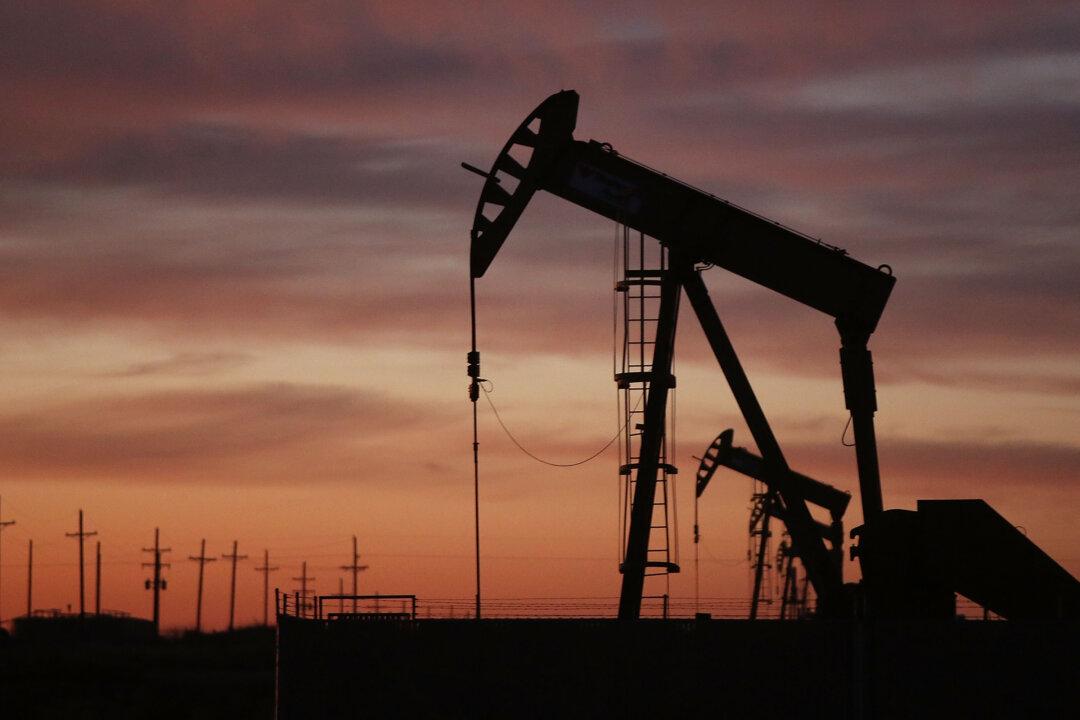U.S. inventories of crude oil recorded two straight weeks of supply drawdowns, according to new data from the Energy Information Administration (EIA) on June 29.
In the week ending on June 17, crude stockpiles fell by 386,000 barrels, falling short of the market estimate of a 569,000-barrel decline. The EIA further reported that oil stocks fell by 2.762 million in the week ending on June 24.





